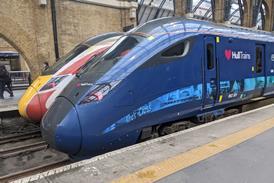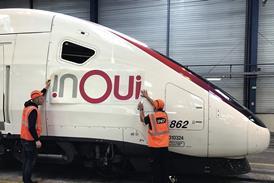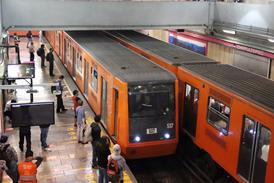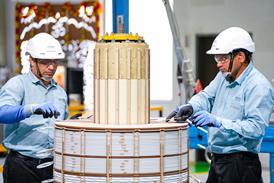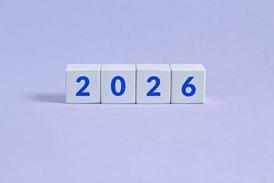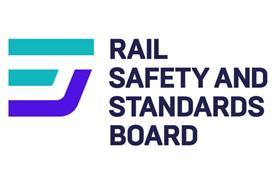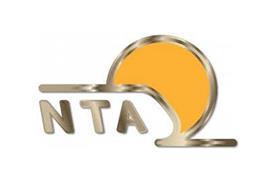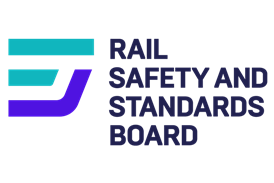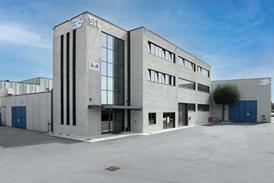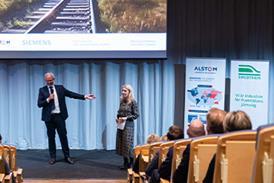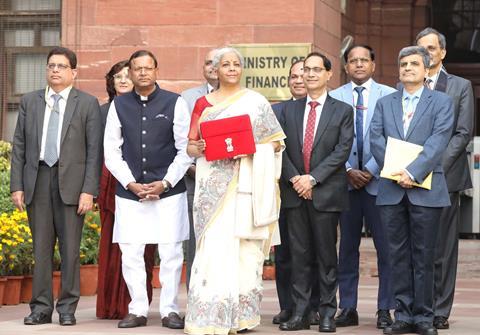
INDIA: Emphasising a continued focus on economic growth, the government has allocated Rs2·52tr for capital expenditure in the national rail network during the 2025-26 financial year starting on April 1.
This is the same as the allocation for 2024-25, despite earlier expectations that gross budgetary support for the Ministry of Railways could be increased to around Rs3tr, enabling a greater outlay on capacity expansion and modernisation programmes.
Presenting her eighth national budget on February 1, Finance Minister Nirmala Sitharaman explained that it reflected a slowing of the country’s economic growth rate to a four-year low.
‘As we complete the first quarter of the 21st century, continuing geopolitical headwinds suggest lower global economic growth over the medium term’, she explained. ‘This budget continues our government’s efforts to accelerate growth, secure inclusive development, invigorate private sector investments, uplift household sentiments, and enhance spending power of India’s rising middle class.’
Unlike previous years, the Finance Minister did not single out rail spending in her speech, focusing on the maritime and aviation, postal and warehousing sectors, as well as regional infrastructure development.
Finance Secretary Tuhin Kanta Pandey insisted that ‘we haven’t really deviated from the path of a capital expenditure push. There is actually a 17% increase over the revised estimates. We had in the past increased [capex] by 30%, but those levels are neither possible nor desirable because, ultimately, it’s not just the budget numbers, it’s also execution on the ground.’ He added that the budget had been a ‘balancing exercise’ between continued capital expenditure and ‘income tax relief to the middle class’.
State governments have been asked to develop a three-year pipeline of infrastructure projects which could be implemented through public-private partnerships, with backing from the India Infrastructure Project Development Fund. The government plans to allocate Rs1·5tr to support 50-year interest free loans to the states, both for capital expenditure and to incentivise reform programmes.
Rail spending on course
According to senior insiders, the Indian Railway Board has already spent more than Rs2tr in the current financial year and is on course to use its full capex allocation ‘well before’ March 31.
Discussing the budget with local media, Railway Minister Ashwini Vaishnaw commented that around Rs2·65tr would be ‘the optimal number for railway capex, because most projects are executed over three to five years’. IR’s total investment budget for 2025-26, including PPPs and extra budgetary resources, has been pegged at Rs2 652bn. This is the same as the 2024-25 budget and slightly up on the Rs2 622·2bn invested in 2023-24.
The minister anticipated that projects valued at Rs4·6tr would be completed within the next four of five years, encompassing new lines, double- and four-tracking, station redevelopment and other infrastructure improvements. Annual safety spending had increased from Rs1·08tr to Rs1·14tr, and was expected to reach Rs1·16tr in the next financial year.
Asked about the role of PPPs in railway development, Vaishnaw emphasised that ‘the focus is to balance risk allocation and revenue share. We have had a PPP policy since 2012, under which many projects were taken up. We are now assessing the experience of those projects.’
Within the total spend, Rs322·4bn has been allocated for the construction of 700 route-km of new lines in 2025-26, down from a budgeted Rs346bn in 2024-25 and actual spending of Rs337bn in 2023-24. The allocation for rolling stock has been set at Rs588·9bn, comparable to the latest estimate of Rs588·5bn for the current year. IR expects to procure 1 600 electric and 100 diesel locomotives in 2025-26, along with 9 423 coaches and 38 000 wagons.
Vaishnaw explained that IR had a long-term strategy to procure 17 500 coaches for fleet renewal and expansion. Of these, 1 400 would be completed by March 31, and a further 2 000 in the next financial year. The manufacturing plan includes 100 Amrit Bharat low-cost overnight trainsets, 50 Namo Bharat EMUs for regional rapid transit networks and 200 Vande Bharat inter-city trainsets in both sleeper and chair car configurations over the next two to three years, aimed at enhancing short-distance connectivity between major cities.
‘Lacklustre’ operating performance
Total expenditure from railway revenues in the 2025-26 financial year has been budgeted at Rs2 990·6bn. This is an increase of 7·7% over the Rs2 757bn budgeted for 2024-25, which was subsequently revised up to Rs2 776·6bn, and 18·3% up on the Rs2 528·3bn spent in 2023-24.
On the income side, the budget papers confirmed that rail freight was still underperforming general economic growth. Freight volumes have been budgeted at 1 700 million tonnes for 2025-26, up from 1 650 million in 2024-25 and 1 588 million in 2023, despite an expected undershoot of 15 million tonnes in the current year. Freight tonne-km are budgeted at 967 billion, down from the 975 billion achieved in 2023-24 but ahead of the 938 bn expected this year. Freight revenues continue to grow slowly; the Rs1 880bn budgeted for 2025-26 is 4% up on the Rs1 800bn expected in 2025, itself up from the Rs1 683bn achieved in 2023-24.
The passenger business is felt to be doing better; an economic survey published on January 31 reported an 8% year-on-year increase in overall ridership. The latest estimate for revenue in 2024-25 is on budget at Rs800bn, up from Rs707bn in 2023-24, while the budget for 2025-26 has been set at Rs928bn, an increase of 16%.
IR’s net revenue for 2025-26 has been budgeted at Rs30·4bn, compared to an actual Rs32·6bn in 2023-24. This comes despite a relatively poor performance in 2024-25, where the latest estimate for net revenue is just Rs13·4bn against a budget of Rs28·0bn. Industry insiders are concerned that IR continues to live above its means, noting that its operating ratio has been pegged at around 98·4% for several years.
Covid loan extended
Still hanging over the IR finances is a ‘special loan’ of Rs794bn provided in 2020-21 to cover a ‘Covid-related resource gap’ and meet pension liabilities for 2019-20. This had been scheduled for redemption in the 2025-26 financial year. The Ministry of Railways had applied for the loan to be converted into a grant, but its request was turned down by the Ministry of Finance. Instead, IR has been given another two-year moratorium for the loan repayments and a specific allocation to cover interest components totalling Rs13·6bn. MoR said this was a reflection that IR was ‘in the transformation phase of heavy infrastructural development’.

